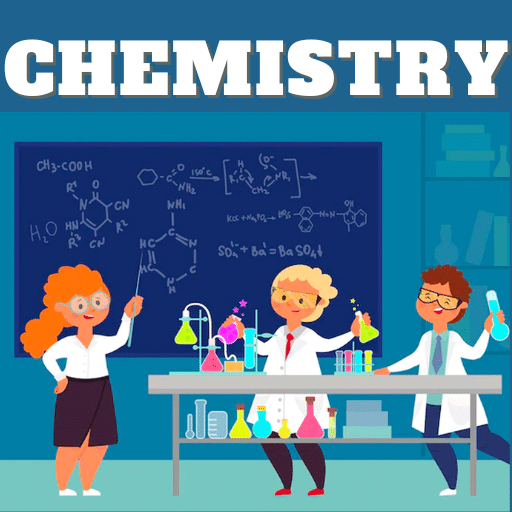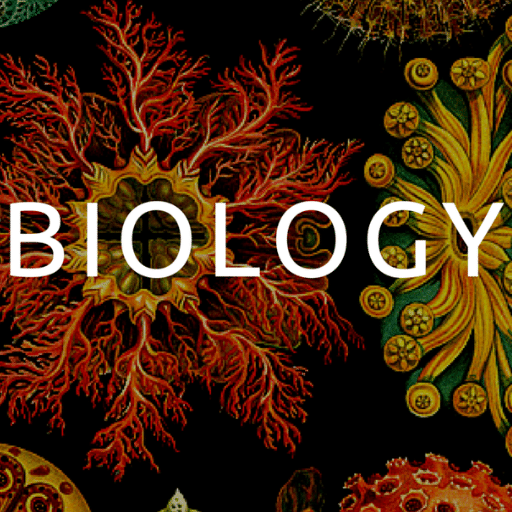Best Study Material for Year 8 Exam
Year 8 Exam > Year 8 Notes > Year 8 Chemistry (Cambridge) > Structure and properties of materials
Structure and properties of materials | Year 8 Chemistry (Cambridge) PDF Download
| Table of contents |

|
| Structure of an Atom |

|
| Atomic Structure and Bonding |

|
| Paper Chromatography |

|
| Properties of Materials |

|
Structure of an Atom
- Atoms are the building blocks of matter.
- Each atom consists of a nucleus containing protons and neutrons, surrounded by electrons in energy levels or shells.
- Protons have a positive charge, neutrons are neutral, and electrons have a negative charge.
- Example: Hydrogen atom has one proton and one electron.

Atomic Structure and Bonding
- Atoms bond to form molecules or compounds.
- Types of bonds include ionic (between oppositely charged ions), covalent (sharing of electrons), and metallic (delocalized electrons).
- Example: Sodium chloride (NaCl) is formed by ionic bonding between sodium (Na+) and chloride (Cl-) ions.

Question for Structure and properties of materials
Try yourself:
Which type of bond is formed between atoms that share electrons?View Solution
Paper Chromatography
- Technique used to separate mixtures into their components based on their solubility and molecular structure.
- Involves a stationary phase (paper) and a mobile phase (solvent) that carries the mixture across the paper.
- Example: Separating ink pigments using paper chromatography to identify different colors present.

 |
Download the notes
Structure and properties of materials
|
Download as PDF |
Download as PDF
Properties of Materials
- Physical properties describe characteristics that can be observed without changing the substance's composition.
- Examples include color, density, melting point, and conductivity.
- Chemical properties describe how a substance interacts with other substances to form new ones.
- Example: Iron (Fe) reacts with oxygen (O2) in the air to form iron oxide (rust).
Conclusion
Understanding the structure and properties of materials helps scientists and engineers develop new materials for various applications. From atoms and bonding to practical techniques like paper chromatography, these concepts form the basis of modern chemistry and material science.
The document Structure and properties of materials | Year 8 Chemistry (Cambridge) is a part of the Year 8 Course Year 8 Chemistry (Cambridge).
All you need of Year 8 at this link: Year 8
|
6 videos|3 docs|4 tests
|
FAQs on Structure and properties of materials - Year 8 Chemistry (Cambridge)
| 1. What are the main factors that influence the structure and properties of materials? |  |
| 2. How does the structure of a material affect its properties? |  |
Ans. The structure of a material directly impacts its properties such as strength, hardness, flexibility, conductivity, and more. For example, a crystalline structure will typically result in higher strength compared to an amorphous structure.
| 3. Can the properties of a material be changed by altering its structure? |  |
Ans. Yes, the properties of a material can be changed by altering its structure. For example, heat treatment can change the crystalline structure of a metal, resulting in different properties such as increased hardness or ductility.
| 4. What role do defects play in the structure and properties of materials? |  |
Ans. Defects in the structure of materials can significantly impact their properties. For example, dislocations in the crystal structure of a material can affect its strength and ductility.
| 5. How do researchers study the structure and properties of materials? |  |
Ans. Researchers study the structure and properties of materials using techniques such as X-ray diffraction, electron microscopy, spectroscopy, and mechanical testing to analyze the atomic arrangement, bonding, and behavior of materials under different conditions.
Related Searches































